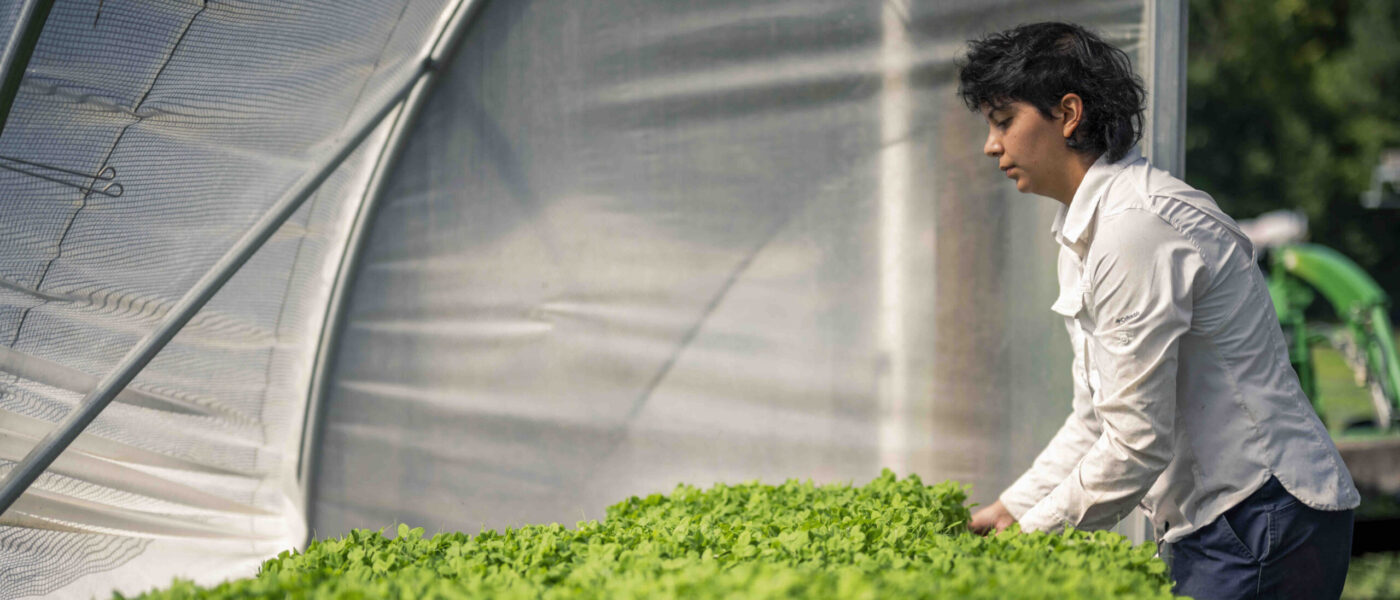Aimee Witteman is the Executive Director for the National Sustainable Agriculture Coalition. This is her first blog post for Farm Aid.
We’re arguably seeing a new good food movement taking shape before our eyes—a major shift in public consciousness about where our food comes from and a demand for healthy food that is grown sustainably by family farmers. But this new, beautiful flower isn’t rising out of soil that didn’t receive tending by many hands over many years. Long before we read it in Omnivore’s Dilemma or saw it in Food, Inc., we heard about it from Farm Aid.
In this, its 24th year, Farm Aid continues to blaze a path, bringing nation-wide attention to the serious challenges facing family farmers and American agriculture, as well as the new opportunities for family farms and the growing consumer demand for good food.
I arrived in St. Louis yesterday morning and for me, Farm Aid events began at an afternoon farmer/advocacy strategy meeting. A group of farmers, researchers, and advocates gathered at a church in the University District of St. Louis to discuss consolidation and concentration in the livestock and seed markets and the current economic emergency facing dairy farmers.
The first Farm Aid concert coalesced in the 1980s when farmers were being foreclosed on due to plummeting commodity and land prices—the bust after a long boom. Today, family farmers are facing economic circumstances nearly as dire—especially in dairy. The focus of Farm Aid in 2009—and at the farmer/advocacy strategy session I attended yesterday—is the consolidation in livestock, poultry, and seed markets. In short, due to policy choices that can be reversed, more and more family farmers are being pushed out of agriculture because they are squeezed between high input prices for things like seeds and low prices for their agricultural products. The culprits are antitrust laws that have gone un-enforced by the U.S. government. Family farmers are also disadvantaged by chronic loopholes that allow huge farming operations to reap millions of taxpayer dollars every year.
I was lucky enough to get to hear some of my heroes speak passionately to these issues at the strategy sessions—folks like Mary Hendrickson from the University of Missouri, Ken Meter from Crossroads Resource Center, and Rhonda Perry, a family farmer and leader of the Missouri Rural Crisis Center.
But while the structural barriers to a thriving family farming system are severe, I think the theme of this particular Farm Aid weekend is cause for hope. As Neil Young said this morning on stage with family farmers and Deputy Secretary of Agriculture, Kathleen Merrigan at his side, our movement is “too big to fail.” We now have opportunities for change that we haven’t seen in decades: an Administration that not only wants to address major structural impediments to family farming, including enforcement of anti-trust laws, but also strong interest and political will in rebuilding the infrastructure necessary for local and regional food systems to thrive.
Toward this growing area of opportunity for family farmers and consumers, Deputy Secretary Merrigan discussed on stage the new “Know Your Farmer, Know Your Food” initiative at USDA to raise the profile of federal programs that can be used to do things like make it easier for schools to purchase healthy food from local farms.
Farm Aid is behind both of these initiatives 100% and continues to be a leader in the movement for good food and fairness for family farmers.

